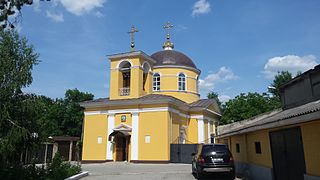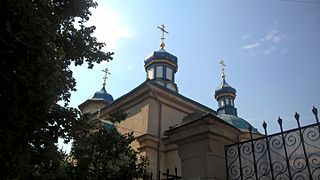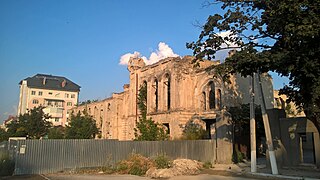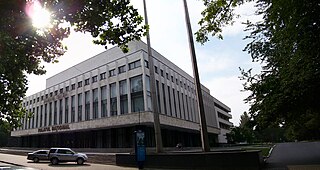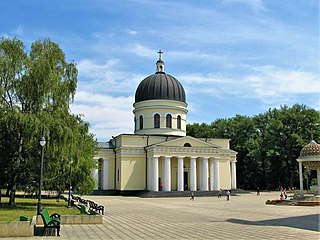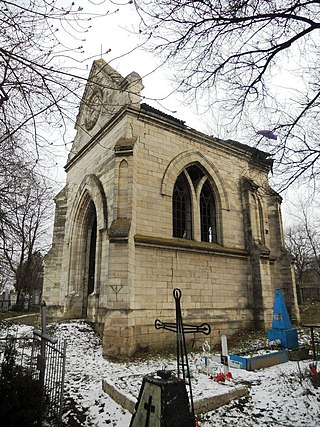21 Sights in Chișinău Municipality, Moldova (with Map and Images)
Legend
Premium Sights
Book tickets, guided tours and activities in Chișinău Municipality.
Guided Free Walking Tours
Book free guided walking tours in Chișinău Municipality.
Welcome to your journey through the most beautiful sights in Chișinău Municipality, Moldova! Whether you want to discover the city's historical treasures or experience its modern highlights, you'll find everything your heart desires here. Be inspired by our selection and plan your unforgettable adventure in Chișinău Municipality. Dive into the diversity of this fascinating city and discover everything it has to offer.
Sightseeing Tours in Chișinău Municipality1. Constantin Brâncuși
Constantin Brâncuși was a Romanian sculptor, painter, and photographer who made his career in France. Considered one of the most influential sculptors of the 20th century and a pioneer of modernism, Brâncuși is called the patriarch of modern sculpture. As a child, he displayed an aptitude for carving wooden farm tools. Formal studies took him first to Bucharest, then to Munich, then to the École des Beaux-Arts in Paris from 1905 to 1907. His art emphasizes clean geometrical lines that balance forms inherent in his materials with the symbolic allusions of representational art. Brâncuși sought inspiration in non-European cultures as a source of primitive exoticism, as did Paul Gauguin, Pablo Picasso, André Derain, and others. However, other influences emerge from Romanian folk art traceable through Byzantine and Dionysian traditions.
2. Moldova National Opera Ballet
The Maria Bieșu National Opera and Ballet Theatre in Chişinău, Moldova, is one of the leading opera and ballet theatres in Eastern Europe. It is housed in a building on the Boulevard Stefan the Great, one of the main roads in Chişinău. In 2012, it was given the name of the renowned opera singer Maria Bieșu.
Wikipedia: Maria Bieșu National Opera and Ballet Theatre (EN), Website
3. Mihai Eminescu National Theater
The "Mihai Eminescu" National Theatre in Chisinau began its history on October 10, 1920, when the first stable Romanian-speaking theatre in Bessarabia was founded on the initiative of a group of leaders of the local public life of the time led by Sergiu T. Niță, Minister of Bessarabia in the Romanian Government, Ștefan Ciobanu, member of the Romanian Academy, writers: Nicolae N. Beldiceanu, Nicolae Beldiman, Leon Donici and director Gheorghe Mitu Dumitriu.
Wikipedia: Teatrul Național „Mihai Eminescu” din Chișinău (RO), Website
4. National Museum of Ethnography and Natural History
The National Museum of Ethnography and Natural History is a museum in Chisinau, located on 82 Mihail Kogălniceanu Street. It was created in October 1889 based on the collection of exhibits of the first agrarian exhibition in Bessarabia, organized under the initiative of Baron A. Stuart.
Wikipedia: Muzeul Național de Etnografie și Istorie Naturală din Chișinău (RO), Website
5. Memorial to Victims of Stalinist Repression
The Train of Pain – Memorial to Victims of Stalinist Repression is a monument in Chișinău, Moldova. A temporary stone was unveiled in 1990 in Central Station Square commemorating the 1940–1951 mass deportations in Soviet Moldavia. A permanent memorial was completed at the site in 2013. The sculptural element was assembled in Belarus.
6. Monument to the Victims of the Jewish Ghetto
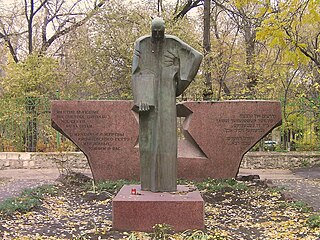
The Monument to the Victims of the Jewish Ghetto is a memorial structure in the city of Chisinau in memory of the Jews killed by the German-Romanian occupiers during the Great Patriotic War as part of the policy of persecution and extermination of Jews.
7. Teatrul „Alexei Mateevici”
The "Alexei Mateevici" Theatre is a public institution in the Republic of Moldova whose mission is to promote lyrical and dramatic theatrical art and non-formal education for all categories of audiences. It was founded in 1979 by actor Andrei Vartic, working within the State Philharmonic of Moldova.
8. Clădirea fostei sinagogi Talmud Tora (sf. sec. XIX)
The Chișinău Choral Synagogue is a former Liberal Jewish congregation and synagogue, located at 75, Vlaicu Pircalab Street, in the city of Chișinău, in Moldova. It was once the most famous synagogue in the country. The building was repurposed as a theater in the 1950s.
9. Sinagoga „Geamgiilor“
The Synagogue of the "Geamgiilor" is a Jewish place of worship and an architectural monument of local significance, entered in the Register of Monuments of History and Culture in the municipality of Chisinau. It is currently led by the Chabad Hasidic movement.
10. Saint Pantaleon's Church
The Church of Saint Pantelimon is a place of worship and architectural monument of national significance, entered in the Register of Monuments of History and Culture in the municipality of Chisinau. It was built in 1891, in the spirit of historical stylizations, based on medieval Greek architecture according to a plan drawn up by the architect Alexandru Bernardazzi.
11. Alexander Pushkin Historic House Museum
House-Museum of Alexandr Pushkin is a museum and architectural monument in Moldova of national value. It is included in the Register of monuments of history and culture of the municipality of Chișinău.
12. Muzeul Zemstvei
The Zemstva Museum, included in the Register of Architectural Monuments under the name "The building of the former orphanage, later the government of the Gubernial zemstva of Bessarabia", is a historical building located in Chisinau, on 103 Alexei Shciusev Street. It is a monument of architecture and history of national significance, entered in the Register of Monuments of History and Culture of Chisinau Municipality at the initiative of the Academy of Sciences.
13. Biserica Sfântul Ierarh Nicolae
The Church of Saint Hierarch Nicholas is a place of worship and architectural monument of national significance, entered in the Register of Monuments of History and Culture in the municipality of Chisinau.
Wikipedia: Biserica Sfântul Ierarh Nicolae din Chișinău (RO)
14. Catedrala „Înălțarea Domnului”
The Ascension of the Lord Cathedral is a place of worship and architectural monument of national significance, entered in the Register of Monuments of History and Culture in the municipality of Chisinau.
15. Red Mill (1873)
The building of the former steam mill, colloquially called the Red Mill, is a non-functional steam mill, a monument of architecture of local value located on the street of the same name in Chisinau. The building is included in the Register of Monuments of History and Culture of Chisinau Municipality, compiled by the Academy of Sciences. It was built at the end of the nineteenth century – the beginning of the twentieth century, in an eclectic style. Once one of the tallest buildings in the historical area of Pushkin Hill, it was part of an industrial complex, but now it remains alone, isolated from the related buildings.
16. Biserica Sfântul Mucenic Haralambie
The Church of the Holy Martyr Haralambie is a place of worship and architectural monument of national significance, entered in the Register of Monuments of History and Culture in the municipality of Chisinau. It was built in 1836. A lapidary inscription inside it with the year 1812 testifies to a possible older stage in the history of the church. She was the reader of the merchant Haralambie, whose name the street in front of the church bore for a long time.
Wikipedia: Biserica Sfântul Mucenic Haralambie din Chișinău (RO)
17. Church of the Dormition
The Church of the Assumption is a temple of the Chisinau diocese of the Russian Orthodox Church in the city of Chisinau. The church was built as a Edinoverie church. It is also called Bolgarskaya after the street on which it is located. In Chisinau, there is another church dedicated to the Assumption of the Blessed Virgin Mary.
18. Rabbi Tsirelson Synagogue Ruins
The Rabbi Tsirilson Synagogue is an architectural monument of local significance, included in the Register of Monuments of History and Culture of Chisinau Municipality. The place is named after Yehuda Leib Tsirelson, a Jewish theologian, who served as Chief Rabbi of the Jewish Community of Bessarabia between 1908 and 1941. The edifice was seriously damaged following an earthquake.
19. Nicolae Sulac National Palace
The "Nicolae Sulac" National Palace is a concert and festival venue in the center of Chisinau. The construction of the Palace was completed in 1972 and then it was called the Session Hall, where theater and entertainment performances were organized. It was renamed in 1990.
20. Metropolitan Cathedral of Christ's Nativity
The Metropolitan Cathedral "Nativity of the Lord" is an Orthodox cathedral in Chisinau that is located near the Great National Assembly Square and belongs to the Orthodox Church of Moldova. The cathedral building is an architectural monument of national significance, introduced in the Register of Monuments of History and Culture of Chisinau Municipality at the initiative of the Academy of Sciences. The first radio station in Chisinau, Radio Bessarabia, was officially inaugurated by broadcasting the liturgy from the Metropolitan Cathedral on October 8, 1939.
Wikipedia: Catedrala Mitropolitană din Chișinău (RO), Website
21. Capela familiei Oganowici
The Chapel of the Ohanowicz Family (Oganowici) is a monument of architecture and history of national significance, entered in the Register of Monuments of History and Culture of the municipality of Chisinau.
Share
How likely are you to recommend us?
Disclaimer Please be aware of your surroundings and do not enter private property. We are not liable for any damages that occur during the tours.
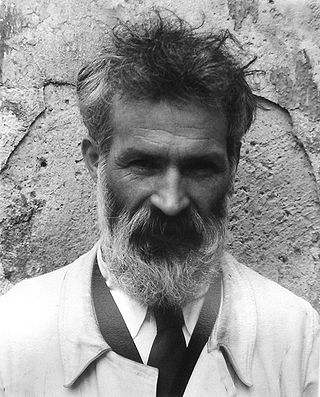
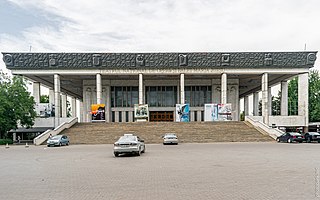
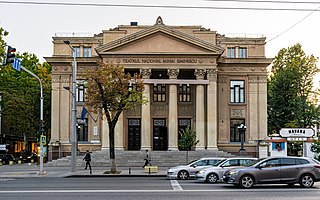
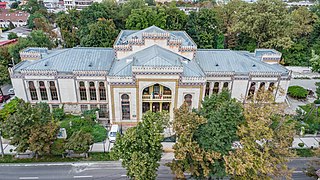
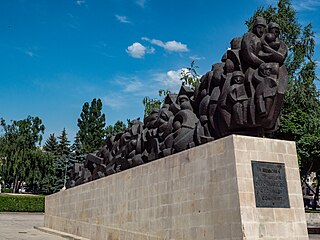

.jpg)
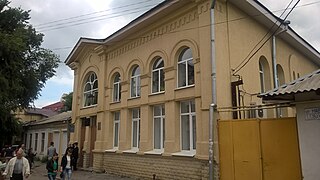
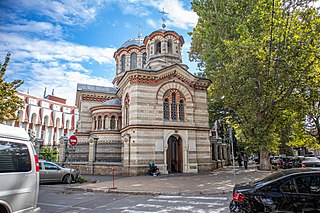
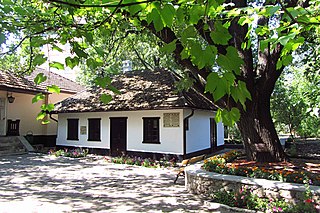
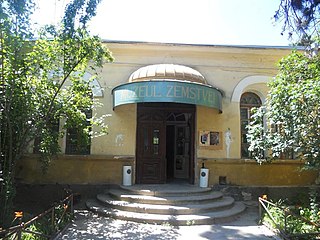
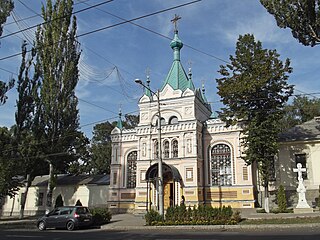
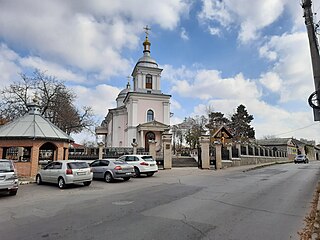
.jpg)
